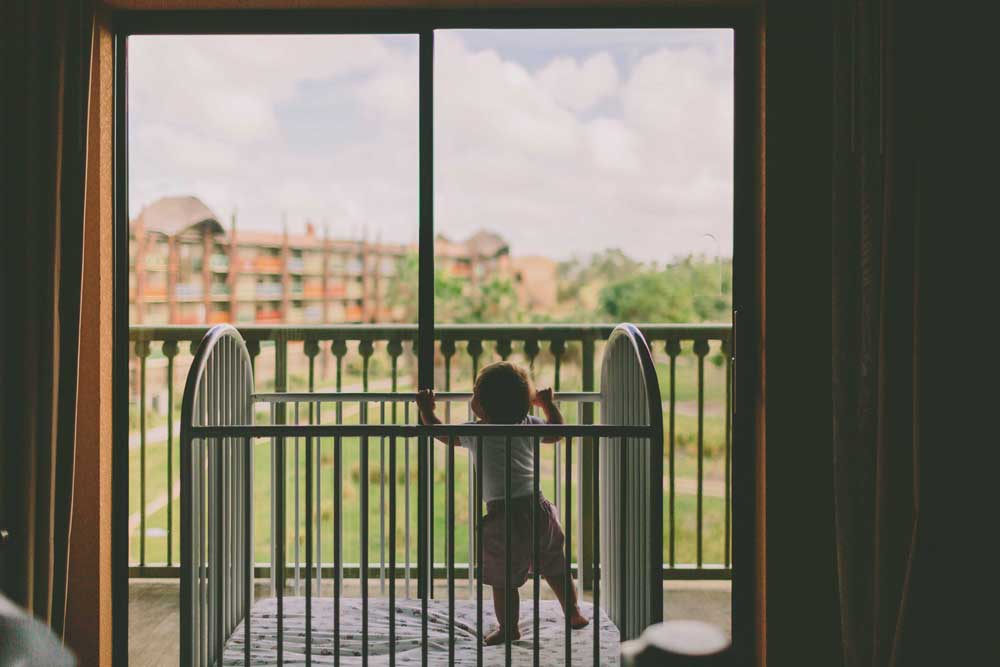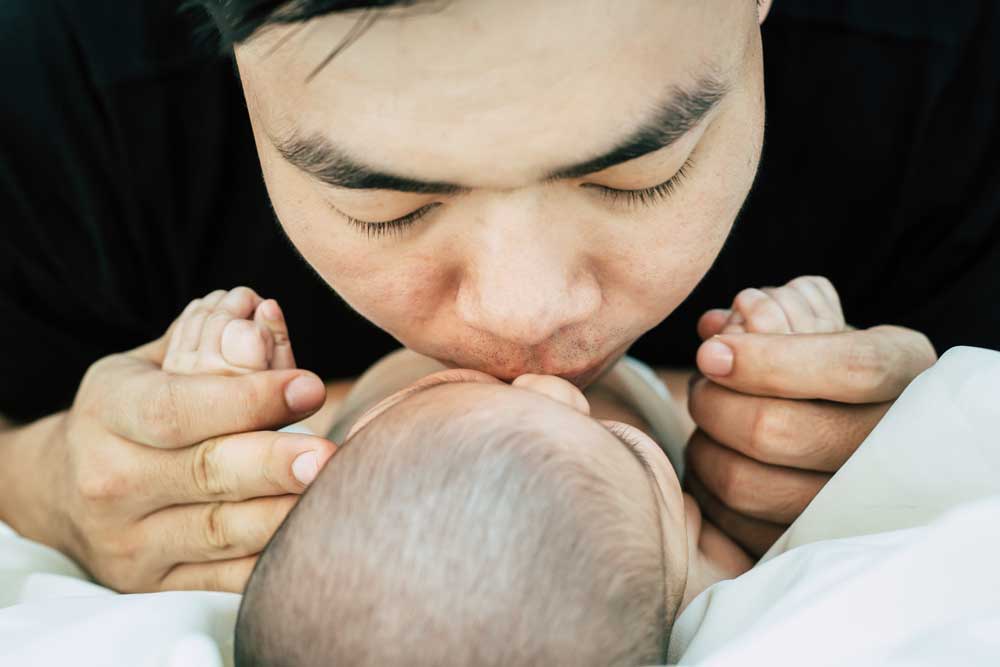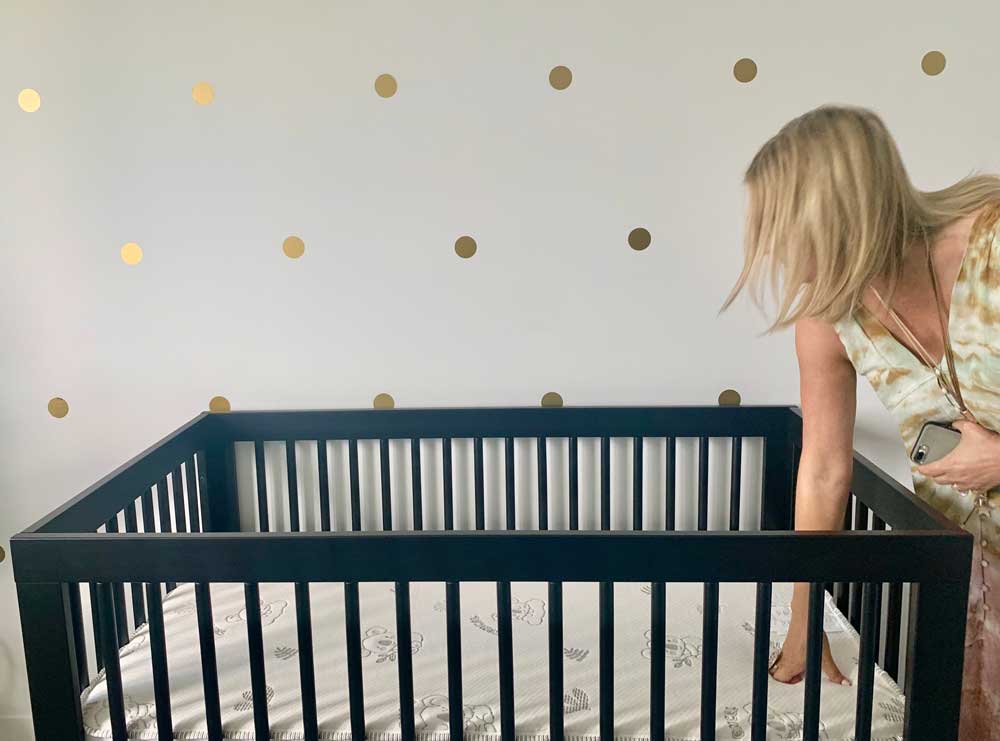
How Sustainable is Rubberwood? Making Eco-Friendly Choices in Baby Products
As conscientious parents, it’s only natural to want the best for your baby while also considering the environmental impact of your choices. When it comes to baby products, the sustainability of materials used is a significant concern.
In this article, we will explore the sustainability of rubberwood, a popular choice for furniture, and highlight the importance of eco-friendly choices in baby products. We’ll also introduce you to essential eco-friendly baby products, including the crib, available at the KIKI & SEBBY online shop, allowing you to make environmentally conscious choices for your little one.
The Appeal of Rubberwood
Rubberwood, also known as parawood, is an attractive option for furniture and baby products due to its appealing grain pattern and durability. Rubberwood is considered an eco-friendly choice because it is a byproduct of the latex industry. It provides value to wood that would otherwise go to waste.
Sustainable Harvesting
The rubber tree is harvested once its latex-producing life cycle ends, typically after about 25 years. This sustainable practice reduces the need to cut down other types of trees for wood. Look for products made from rubberwood that have certifications like the Forest Stewardship Council (FSC) or Rainforest Alliance, ensuring responsible and sustainable sourcing.
Rubberwood is commonly used in cribs and changing tables due to its sturdiness and sustainability. It provides a safe and environmentally friendly option for your baby. Rubberwood’s sustainability extends to baby products like newborn swaddles. These swaddles are made from eco-friendly materials, ensuring your baby’s comfort while minimizing the environmental footprint.
Eco-Friendly Choices for Baby
Eco-friendly baby products not only benefit the environment but also contribute to your baby’s health. Avoiding harmful chemicals and toxins is a priority for conscious parents. Consider products with minimal and eco-friendly packaging. Reducing waste in product packaging is another way to make eco-conscious choices.
In addition, it is also recommended that you choose fabrics/textiles with the OEKO-TEX® certification. OEKO-TEX® is an independent and globally recognized certification system for textiles and related materials. It is designed to ensure that these products are free from harmful substances and chemicals.
When a textile product carries the OEKO-TEX® certification label, it signifies that the product has undergone rigorous testing and has met the required safety and environmental standards. This certification system is widely trusted by consumers as it provides assurance that the textiles they use are safe and free from harmful substances.
The Eco-Friendly Nursery
Choose furniture made from sustainable materials like rubberwood. This not only benefits the environment but also ensures your baby’s safety. Opt for baby products made from natural, organic fabrics like cotton or bamboo, which are gentle on your baby’s delicate skin.
Reducing Environmental Impact
Consider adopting a minimalist approach when it comes to baby products. Focus on essential items and avoid overconsumption. Choose baby products that are designed for long-term use, such as convertible cribs and furniture that can grow with your child.
Setting an Example
By making eco-friendly choices for your baby, you can set an example for friends and family, encouraging them to make similar sustainable choices. Your eco-conscious decisions today can pave the way for a better future for your child and subsequent generations.
Conclusion
The sustainability of rubberwood and other eco-friendly choices in baby products are crucial considerations for environmentally conscious parents. By selecting sustainable materials and eco-friendly baby products like the newborn swaddle, you can create a safe and healthy environment for your baby while minimizing your environmental footprint.

Navigating Fatherhood: Tips for New Dads on the Journey Ahead









